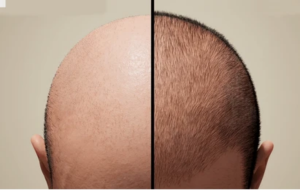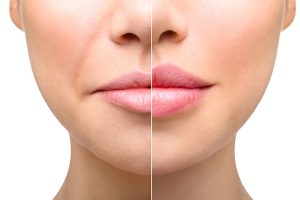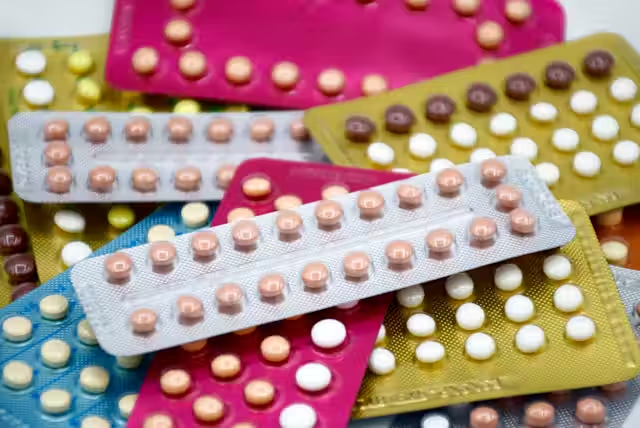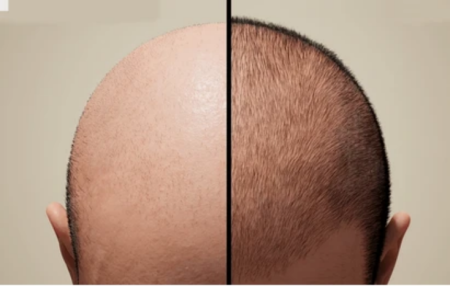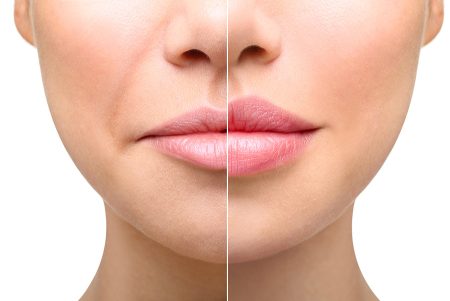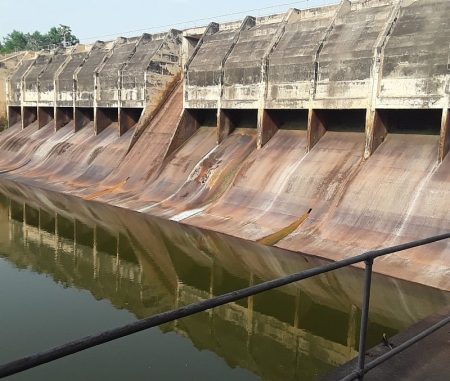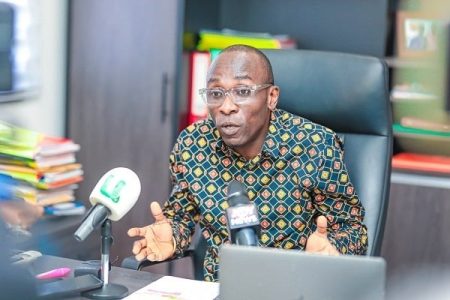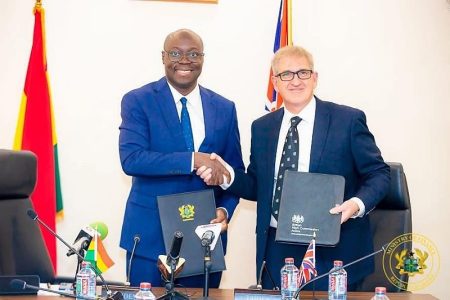The Forum for African Women Educationalists (FAWE), Ghana Chapter, has sounded the alarm on a worrying trend emerging among adolescents in the Upper East Region: the misuse of emergency contraceptives. This practice, they warn, could jeopardize the hard-won progress made in curbing teenage pregnancies and expose these young people to a heightened risk of sexually transmitted infections (STIs). While initiatives to prevent teen pregnancies have seen positive outcomes in several districts, including Bongo, Kassena Nankana West, Kassena Nankana Municipal, and Builsa North, the organization observes a disturbing pattern of adolescents, both boys and girls, using emergency contraception as a regular form of birth control, misunderstanding its intended purpose as a last resort. This misconception underscores a critical gap in sexual and reproductive health education.
The casual use of emergency contraceptives, easily accessible to even young boys, has become commonplace after sexual encounters. This misapplication stems from a lack of understanding about the drug’s intended use and the potential health repercussions of frequent administration. FAWE emphasizes that emergency contraception is not formulated for routine use and its misuse can lead to adverse health consequences, negating the benefits achieved in reducing teenage pregnancies. Furthermore, the existing educational programs, while focused on pregnancy prevention, often overlook the critical aspect of STI prevention, creating a potential time bomb for a surge in STI rates in the near future if this educational gap remains unaddressed.
The concerns were raised during a three-day workshop focusing on Adolescent Sexual and Reproductive Health and Rights (ASRHR) in Bolgatanga, organized by FAWE Ghana with support from various partners, including Right To Play, WaterAid, FHI 360, and Global Affairs of Canada. The workshop aimed to empower media professionals with the knowledge and skills to effectively report on these sensitive issues, recognizing the media’s vital role in shaping public perception and influencing policy decisions. This training is part of the broader SHARE Project, implemented across four districts, focusing on promoting adolescent sexual and reproductive health and rights.
Beyond the misuse of emergency contraceptives, FAWE’s Project Officer for the SHARE Project, Mr. Elikem Katsekpor, also identified other challenges undermining sexual and reproductive health in the region. These include the increasing prevalence of illegal mining (galamsey), which often exposes young people to risky sexual behaviors, and the misuse of drugs like Tramadol, which can lower inhibitions and increase the likelihood of unprotected sex. These compounding factors paint a complex picture of the challenges faced by adolescents in the region, requiring a multifaceted approach to address the root causes and promote responsible sexual health practices.
FAWE remains committed to partnering with the media to amplify advocacy efforts and sustain the progress made in safeguarding the sexual and reproductive health and rights of young people. The organization recognizes the power of the media to not only inform the public but also to hold duty bearers accountable for implementing effective policies and programs. By equipping journalists with the necessary knowledge and understanding of ASRHR issues, FAWE aims to foster responsible reporting that can drive positive change and promote a healthier future for adolescents.
The emphasis on media involvement signifies a strategic approach to tackling these complex issues. By engaging with media practitioners, FAWE aims to create a ripple effect, educating the public and influencing policymakers. This collaborative approach is crucial in fostering a societal environment that supports the healthy development of adolescents and protects them from the risks associated with early sexual activity, unwanted pregnancies, and sexually transmitted infections. The workshop’s focus on building media capacity underscores the critical role of accurate and informed reporting in shaping public discourse, challenging harmful norms, and driving positive change in adolescent sexual and reproductive health. It highlights the understanding that sustained improvements in adolescent health require a multi-pronged approach that includes not only education and outreach programs but also empowered media acting as catalysts for social change.


